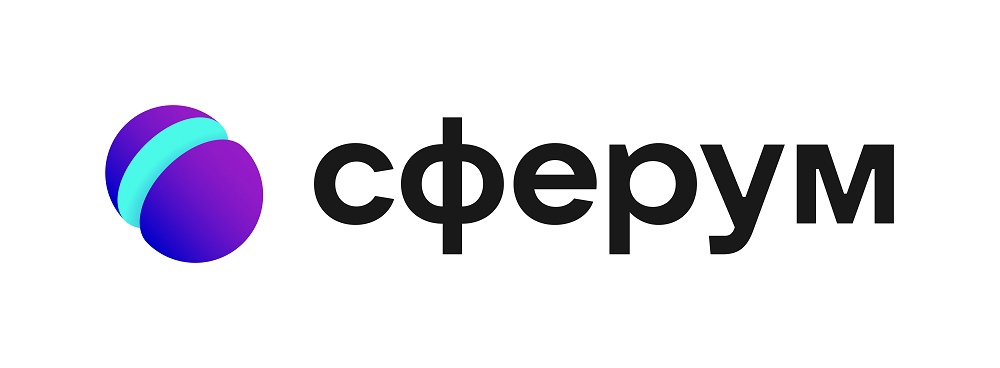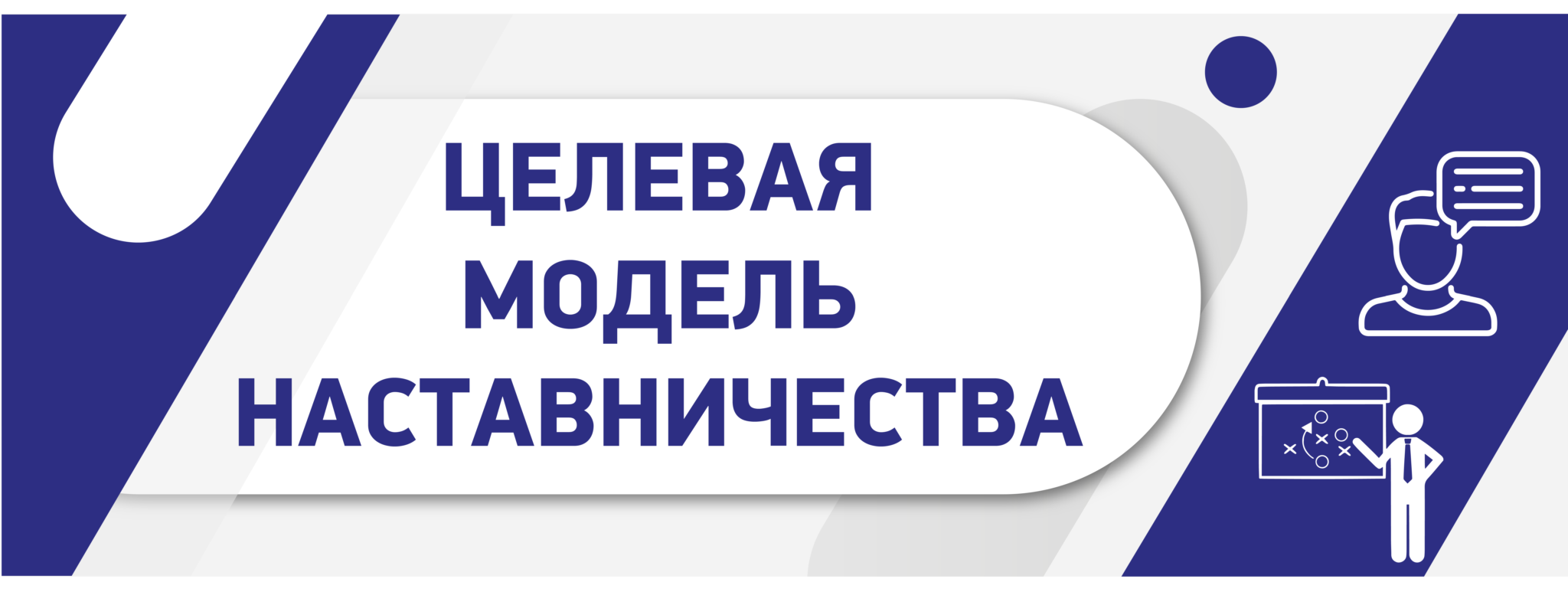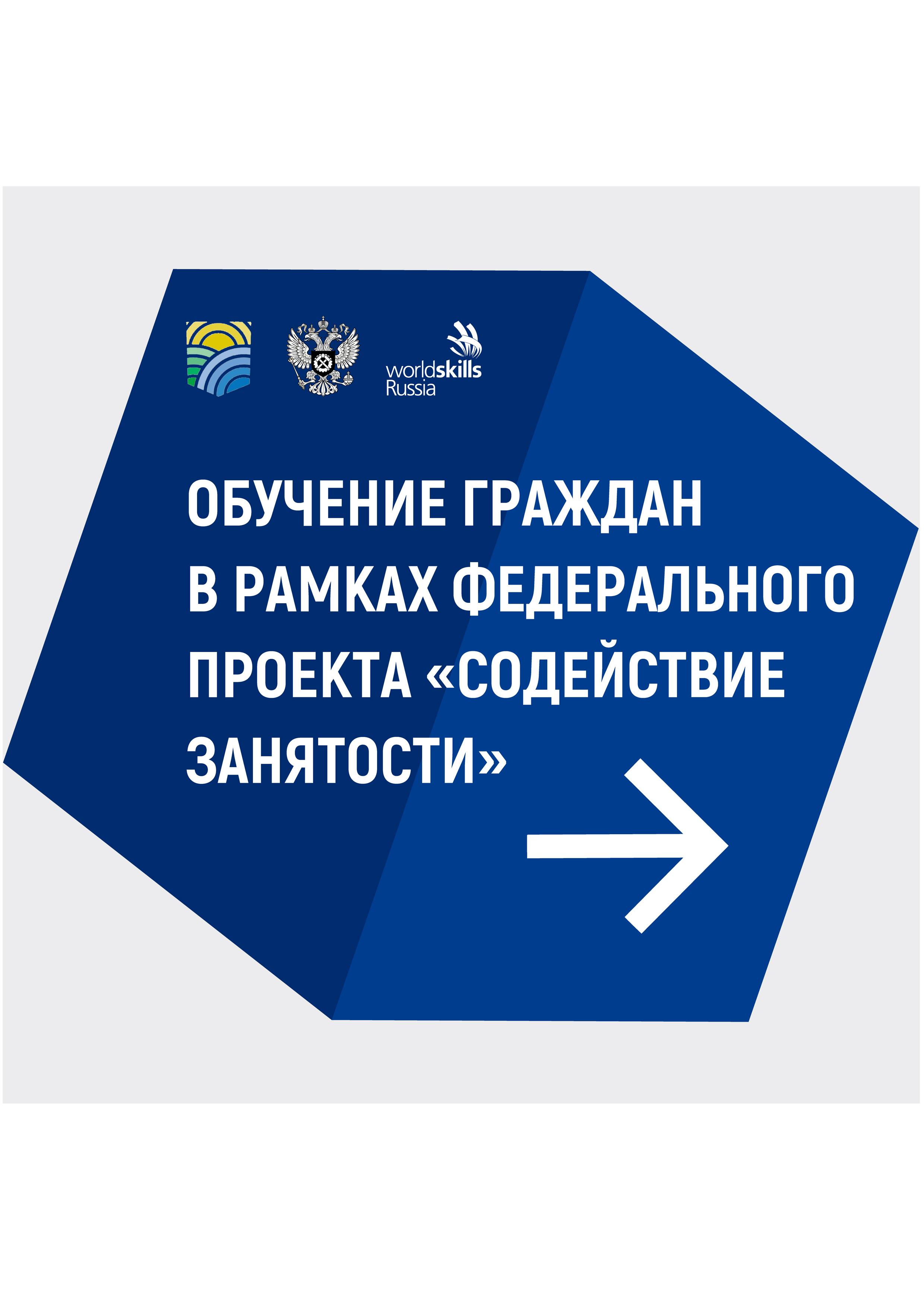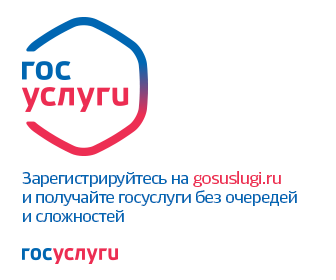Personal Injury Litigation
The law permits individuals to recover damages caused by other people. These damages can be mental, physical, and reputational.
While many personal injury cases are settled out of court, a lawsuit is sometimes necessary. It will help you understand your financial losses and make sure you get fair compensation.
Damages
After an accident, a plaintiff may make a personal injury claim in which they claim that a third party caused the accident. The lawsuit seeks to recover damages for both economic and non-economic losses.
Damages are usually divided into two categories: special and general. In personal injury torts the damages that are special are quantifiable costs such as medical costs and lost earnings. General damages are less measurable and may include losses and suffering, loss of consortium, defamation and emotional distress.
Consider Driver 1 is the one who causes an accident that was minor however Driver 2 suffers from a rare condition that was aggravated by the collision. This will require extensive treatment and cause immense pain. Although the injuries suffered by Driver 2 weren’t uncommon, the defendant may be held responsible for both general (compensation for pain or suffering) and specific (specific medical bills).
Certain kinds of damages may be difficult to prove because they don’t have an intrinsic dollar value. For instance that of pain and suffering damages. These are usually subjective, and can range from physical suffering to mental anguish.
However, if you have documentation of your injuries (e.g. doctors’ notes or photos and videos) your injuries can be verified. Additionally, if your injuries prevent you from working again, you can collect losses of earning capacity.
Many people start their legal journey to seek compensation by making a claim to the at-fault or responsible party’s insurance company. The claimant can present their case to the insurer, and demand compensation for damages. This can be made into a settlement in accordance with the responsible party’s policy.
A lawyer can help determine the value of your damages and advocate for an equitable settlement. If the insurance company refuses to bargain in good faith, or if you have a unique situation that requires a trial your attorney can file a lawsuit and pursue punitive damages against the accountable party.
Punitive damages are designed to punish the party responsible for their actions and discourage them from doing the same thing in the future. They are only available in a few types of personal injury cases and you have to prove that the defendant’s actions were motivated by malice or recklessness.
Statute of Limitations
Each state has its own statutes of limitations that limit the length of time that lawsuits can be filed. If you’re involved in an accident in the car or slip and fall, these deadlines apply to your personal injury case.
These deadlines are vital because they could be the difference between winning or losing your case. If you are waiting too long to submit your claim, the court may decide to not hear your case and you’ll lose your chance of receiving the compensation you deserve.
The statute of limitations in New York for most personal injury cases is three years. However, the general time limit may be extended or tolled under certain circumstances.
The statute of limitations in New York is also different for claims against local government agencies like the City of New York Department of Sanitation as well as the New York Parks Department, or the New York City Transit Authority. In these situations you have just six months to submit a notice of intent to bring a lawsuit.
Certain limited situations, like exposure to toxic substances, or medical malpractice, do not allow the time-limit to begin when you’ve discovered or should have discovered your injury. In other instances like when the victim is minor, the limitation period could be extended until they reach the age of adulthood, which means they can file a lawsuit when they turn 18 or over.
So, let’s say you have been working with vibrating tools for years and are now suffering from carpal tunnel syndrome. This is an extremely serious injury that could cause significant medical costs and other financial losses.
You inform your supervisor, and inform him that the vibrations cause pain and feeling of numbness. He promises to fix it. Three years later, your doctor tells you that you have lung disease caused by asbestos.
Your attorney can help you determine when, based on your specific set of facts and circumstances the statute of limitations will start and close. They can also help determine whether there are any exceptions that could prolong or toll the timeframe for filing a personal injury claim.
Negotiations
Although the negotiations for settlements for personal injuries can be complex, they can be quickly and efficiently resolved with the assistance of a skilled personal injury law firm attorney. Your lawyer will assist you to in obtaining the full amount of your damages during the negotiation process.
Your claim’s value will vary from one situation to the next. It is determined by a variety of factors. For instance the severity of your injuries, medical expenses, and income loss will all be considered. Your doctor might be able to give you an estimated impairment rating, which will aid in determining the amount of compensation you will receive.
In the initial stages of a personal injuries litigation, your lawyer will write a demand letter. The letter should state the circumstances of your case and ask for a settlement. The letter should be accompanied by any supporting documents, like medical records and physician reports.
After a few weeks, you’ve submitted your letter an insurance adjuster will reach out to you. The insurance adjuster will request you for information about your situation. They might also want to interview you.
Your lawyer will investigate the accident to determine who was liable and how severe your injuries are. They will also take any relevant evidence, such as accident records and the records of responding police officers.
During the negotiation process your lawyer will talk about these issues with an insurance representative of the company. The insurance company might respond to your lawyer by making a low counteroffer. Then, you have the option to accept the offer or make an additional demand.
Once you have received the initial offer that you and your lawyer will negotiate back and forth until a settlement is reached. Negotiations can last for a few months or longer according to the complexity of the case and the negotiation tactics used by both sides.
You can look into alternative dispute resolution options such as mediation and arbitration If you are unable, or unwilling to resolve your dispute swiftly. These procedures are usually quicker and cheaper than a trial but they are not always feasible. In addition, they do not always provide the most beneficial outcome for you.
Trial
In personal injury litigation in which a plaintiff files a lawsuit against a defendant based on their negligence. If the defendant is found responsible and the plaintiff is found liable, the plaintiff may claim damages. The amount of damages that can be recovered will be contingent on the severity of the injuries suffered and how they affected the lives of the plaintiff.
During the legal procedure, your lawyer will conduct an investigation to determine who’s at fault and what caused the injuries. They will also work with experts to collect evidence and prove your case.
Your personal injury lawyer will determine who could be liable for your injuries. This includes insurance companies, people, and businesses.
They will work with medical professionals to assess the severity of your injuries and document them. They will also evaluate the cost of treatment and determine the amount your damages are worth.
At this point, your lawyer may call the insurer of the defendant in order to determine if they’ll agree to a fair amount or pursue your case through trial. The lawsuit will then begin the discovery process.
The discovery phase involves gathering information from both parties through various legal tools like Bills of Particulars and Requests For Admissions, Interrogatories or Requests for the Production of Documents.
This is the most crucial step in any personal injury attorneys injury lawsuit. In the majority of cases, the discovery stage lasts at least a year.
After your lawyer has collected enough evidence and crafted an argument that is convincing, it is time to go to trial. The trial could be held in a courtroom or an administrative hearing.
If a trial is held in court, a judge or jury will decide if the defendant is at fault for your injuries and if they should pay compensation to you. A jury or judge may also decide the winner. Punitive damages are the additional damages resulting from the conduct of the defendant.
Your lawyer will present evidence at the trial that shows the medical and financial loss you suffered and how it has affected your life. This will ensure that you receive the maximum amount of compensation for your case.























